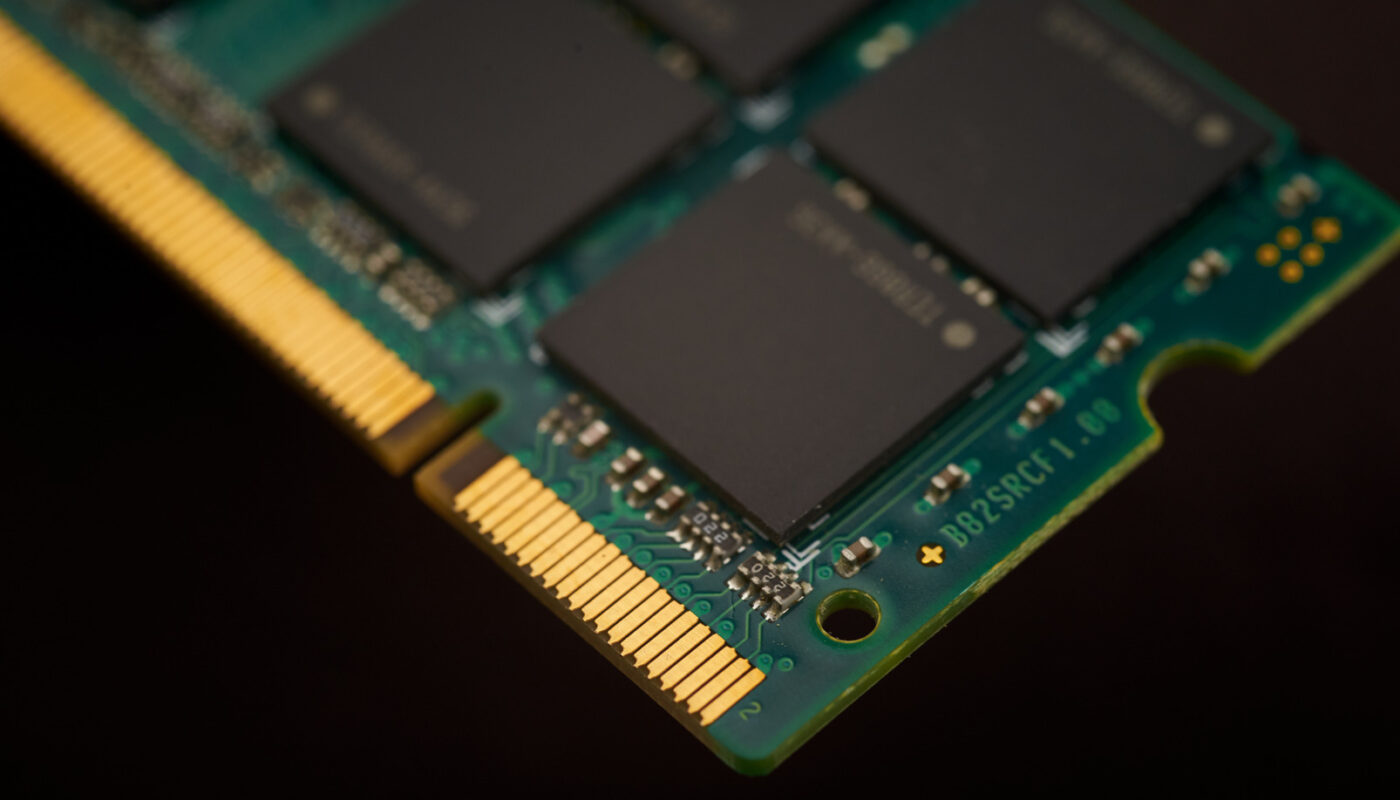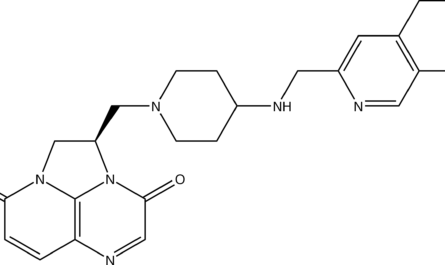In the fast-paced world of technology, where advancements are happening at an unprecedented rate, researchers are constantly seeking innovative solutions to tackle the challenges posed by traditional computing systems. While computers have significantly evolved over the years, the demand for more powerful and energy-efficient systems continues to grow.
One area of focus for researchers is neuromorphic computing, a cutting-edge approach that aims to mimic the human brain’s ability to process and store information. Traditional digital computing systems rely on binary operations (0s and 1s), which require substantial power resources. In contrast, neuromorphic computing leverages analog improvements to enhance both software and hardware components.
A recent study conducted by the University of California San Diego and UC Riverside sheds light on a groundbreaking method for storing and transmitting information using disordered superconducting loops. Published in the Proceedings of the National Academy of Sciences, the research explores the potential of superconducting loops to exhibit associative memory, a key function that enables the brain to establish connections between seemingly unrelated pieces of information.
Professor Robert C. Dynes, a co-author of the study and a distinguished physicist at UC San Diego, envisions a future where superconducting loops could enable rapid associative processing akin to the human brain. Drawing parallels to the way our brains retrieve memories, Dynes highlights the intricate process of transitioning from short-term to long-term memory through repetition.
The team’s innovative approach involves leveraging superconducting materials, specifically yttrium barium copper oxide (YBCO), to create a memory storage system that is both energy-efficient and durable. By manipulating YBCO thin films through magnetic fields and currents, the researchers were able to encode information in the form of flux quanta within the loops—effectively storing memories at the quantum level.
To achieve associative memory capabilities, the researchers introduced disordered loops with varying sizes and patterns, enhancing the system’s capacity for information processing. By incorporating Josephson junctures as gating elements within each loop, the researchers established a mechanism for transferring information and building associations between different memory locations.
In contrast to conventional computing architectures that require continuous high-energy consumption for processing and memory storage, superconducting loops offer a significant reduction in power usage. The loops only draw power when executing logic tasks, with memories persisting in the superconducting material indefinitely as long as the loop remains in a superconducting state.
The scalability of the memory system is another notable feature, with the number of memory locations increasing exponentially with additional loops. While the current research utilized four loops with 81 locations, future endeavors aim to expand the system’s capacity by incorporating more loops and memory locations.
Beyond its implications for physics and computer engineering, this research holds promise for neuroscientists seeking to understand the intricacies of human memory systems. Collaborations with cognitive scientists, such as former UC San Diego chancellor Richard Atkinson, hint at the potential for bridging the gap between physics-based neural networks and cognitive models of memory, opening up new avenues for interdisciplinary research.
As the quest for more efficient and intelligent computing solutions continues, the integration of superconducting loops into memory technology could usher in a new era of high-performance computing with unprecedented energy savings and cognitive capabilities.
Note:
1. Source: Coherent Market Insights, Public sources, Desk research.
2. We have leveraged AI tools to mine information and compile it.




